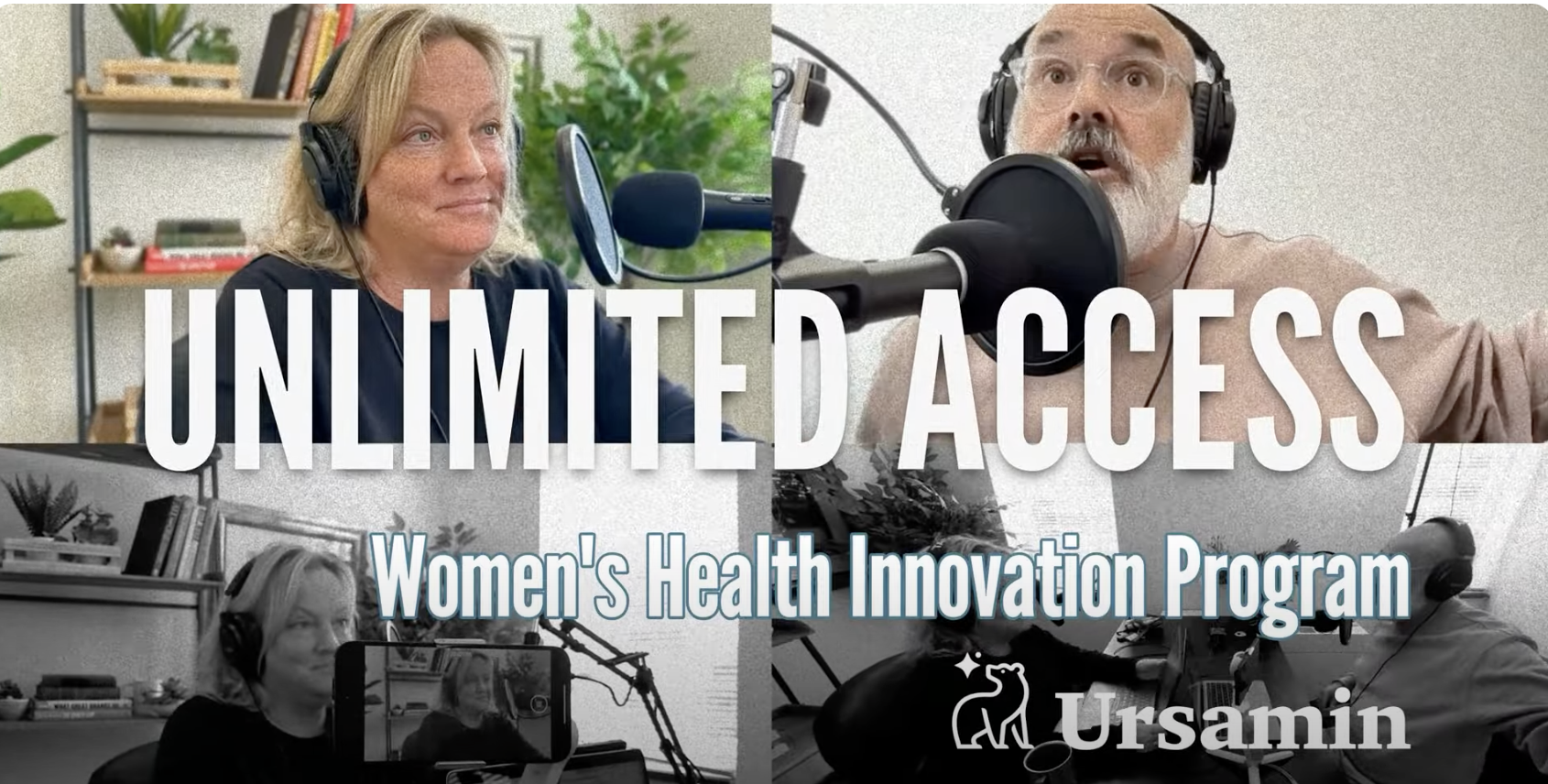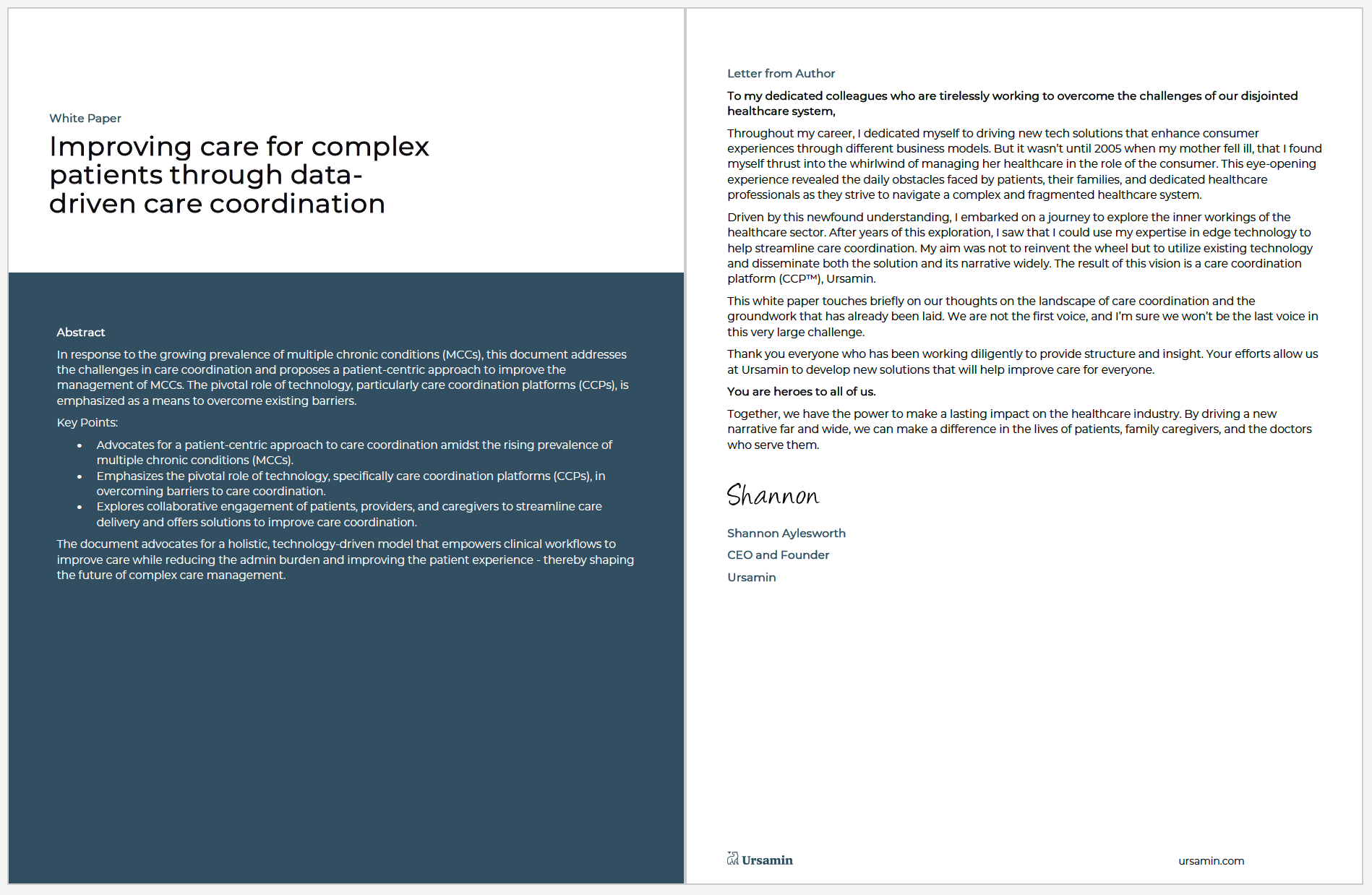Shared Decision Making (SDM) is a collaborative approach where patients and healthcare providers work together to make informed health decisions, empowering patients and leading to better-informed choices and improved outcomes.
SDM goes beyond the traditional model of healthcare delivery, where the healthcare provider solely dictates the course of treatment. Instead, SDM recognizes the value of the patient’s input, considering their unique preferences and values. For example, when a patient is diagnosed with early-stage breast cancer, shared decision-making allows the patient to actively participate in choosing between different treatment options such as surgery, radiation therapy, or hormone therapy, based on their personal beliefs and lifestyle.
Moreover, SDM is not solely focused on the clinical aspect of healthcare. It also considers medical decisions’ psychosocial and emotional impact on the patient. For instance, when faced with the decision of whether to undergo a major surgical procedure, SDM allows the patient to discuss their concerns and fears with their healthcare provider. This enables patients to make a decision that aligns with their emotional well-being, in addition to their medical preferences.
By incorporating the patient’s viewpoint, SDM helps improve patient satisfaction and adherence to treatment plans. This collaborative approach fosters a sense of trust and partnership between the patient and the healthcare provider, ultimately enhancing the overall quality of care.
The Challenges Faced by Primary Care Physicians (PCPs)
Primary care physicians (PCPs) face various challenges when it comes to implementing SDM in their practice.
- Time Constraints: One of the most prevalent challenges is the time constraints that physicians often encounter. The demanding nature of primary care settings, with limited appointment times and a high volume of patients, can make it difficult for physicians to dedicate sufficient time to engage in comprehensive SDM discussions with each patient.
- Balancing Needs: Primary care physicians are tasked with balancing the diverse needs of their patients while striving to practice SDM effectively. Each patient may have unique medical concerns and preferences, making it challenging for physicians to tailor the decision-making process to suit individual circumstances. For instance, a primary care physician may need to navigate through varying levels of health literacy, cultural considerations, and personal values when engaging in SDM with different patients.
- Patient Speak: The complexity of medical information and treatment options can pose significant challenges for primary care physicians. Explaining intricate medical details and potential treatment paths in a way that patients can understand and consider during the decision-making process requires exceptional communication skills and a deep understanding of the available options. For example, when discussing treatment options for a chronic condition such as diabetes, a primary care physician must effectively convey the benefits and risks of different medications and lifestyle modifications, taking into account the patient’s knowledge level and preferences..
SDM within Care Coordination
By fostering seamless communication and collaboration among the provider, patient, and caregiver, care coordination acts as a facilitator for the SDM process. For instance, when a patient is considering different treatment options for a particular health condition, care coordination ensures that all relevant healthcare professionals are involved in the decision-making process. This collaborative approach allows for a comprehensive assessment of the patient’s medical needs, enabling the integration of diverse perspectives to arrive at the most suitable decision.
Moreover, care coordination also contributes to the continuity and coherence of patient care. Medical information and treatment options are easily coordinated through a care coordination platform (CCP). It helps give a holistic view of the patient’s chronic disease and healthcare journey. Utilizing a CCP also minimizes the likelihood of oversight or miscommunication, thereby reducing the potential for medical errors.
This comprehensive understanding of the patient’s medical history and current health status is instrumental in aligning treatment options with the patient’s values and preferences. This is a fundamental aspect of shared decision-making. Additionally, care coordination and utilization of a CCP keeps the patient’s (and caregiver’s) voice heard throughout the decision-making process. The goal is to empower individuals to actively participate in healthcare decisions, reinforcing the principles of SDM.
Empowering the Provider, Patient, and Caregiver
While PCPs navigate challenges of time constraints and diverse patient needs, care coordination and SDM are vital allies. Through seamless communication and collaboration, facilitated by a CCP like Ursamin, PCPs can embrace the SDM process with patients and caregivers, particularly in chronic disease management.
Let’s embrace the synergy of SDM within care coordination to improve chronic care management. Watch this Unlimited Access video featuring Dr. Julie Shapiro and Ursamin’s Founder, Shannon Aylesworth, as they further discuss the impact of Shared Decision Making:





